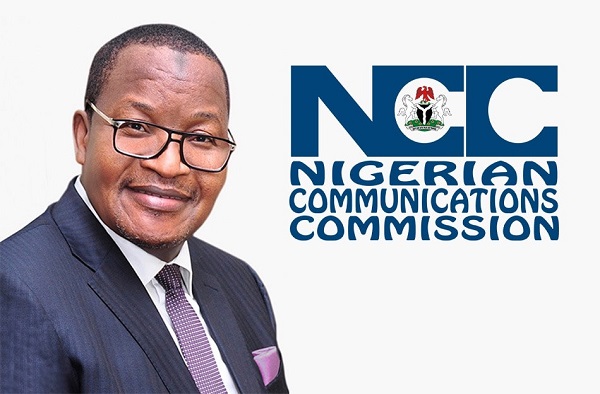
Nigeria has witnessed a 53.1 per cent drop in the number of identified clusters lacking access to telecommunications services across the country at the end of 2022
This was disclosed by the executive vice chairman and chief executive officer of the Nigerian Communications Commission (NCC), Prof. Umar Garba Danbattau during a recent telecoms industry stakeholders’ forum in Yenagoa, Bayelsa State.
Representing Danbatta at the forum, the head of pre-licensing at the commission, Usman Mamman explained that the industry had witnessed a significant reduction in access gaps. In 2013, there were 207 clusters of access gaps, but by the end of 2022, this number had decreased to 97, bridging 110 clusters and resulting in a 53.1 per cent reduction.
Mamman further stated that this reduction meant that the number of Nigerians within the access gap, estimated to be 37 million in 2013, had been reduced to 27 million. This indicates increased access to telecommunications services for individuals who were previously digitally excluded.
Access gaps refer to clusters of communities or areas in different parts of the country that lack access to telecom services. The NCC has made significant progress in reducing these access gaps by more than half.
Mamman expressed the commission’s dedication to bringing telecom services to people in rural, unserved, and underserved areas of the country. He highlighted the achievements made in reducing the access gaps over the years.
“In 2019, we had succeeded in reducing the clusters of access gaps to 114 through the deployment of the necessary infrastructure needed to bring services to people living in rural, unserved, and underserved areas of the country,” Mamman explained. “This deployment of infrastructure, in terms of base transceiver stations, resulted in the reduction of Nigerians in those clusters from 37 million to 31 million.”
He continued, “By 2022, we reduced the clusters of access gaps to 97 from 207 in 2013. The number of Nigerians in those clusters has come down from 37 million in 2013 to 27 million as we speak. We achieved this by deploying a total of 79 new base transceiver stations from 2009 to 2011.”
Mamman highlighted that between 2013 and 2018, an additional 124 base transceiver stations were deployed, and from 2019 to 2022, a total of 364 base transceiver stations were installed. The cumulative number of base transceiver stations deployed to date, since the identification of access gaps, is 567.
In a statement by the director of public affairs at the commission, Reuben Muoka Danbatta described the reduction in access gaps as a significant milestone. However, he emphasised that the commission would not relent in its efforts to provide services to the remaining 27 million Nigerians who still lack access to telecom services.
Furthermore, the EVC highlighted the regulatory interventions planned by the commission to bridge the remaining 97 access gaps across the country, such as the issuance of Mobile Virtual Network Operator (MVNO) licenses and the deployment of fifth generation (5G) networks. These measures aim to ensure ubiquitous connectivity in all parts of Nigeria.


